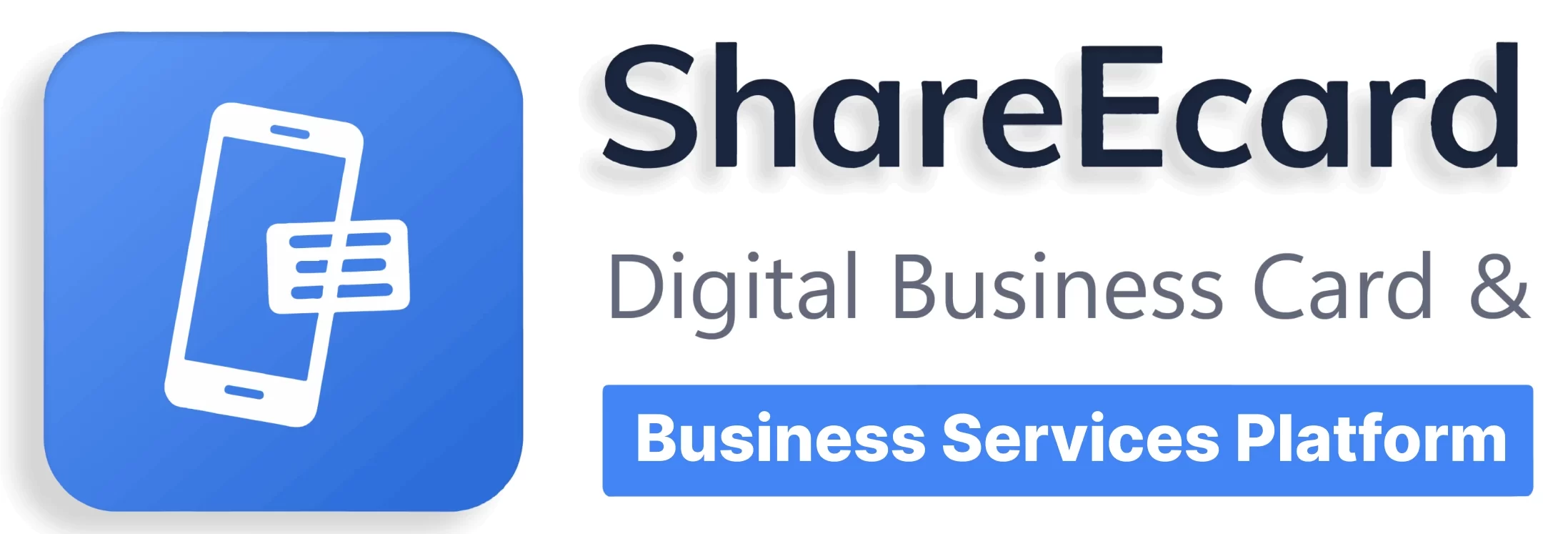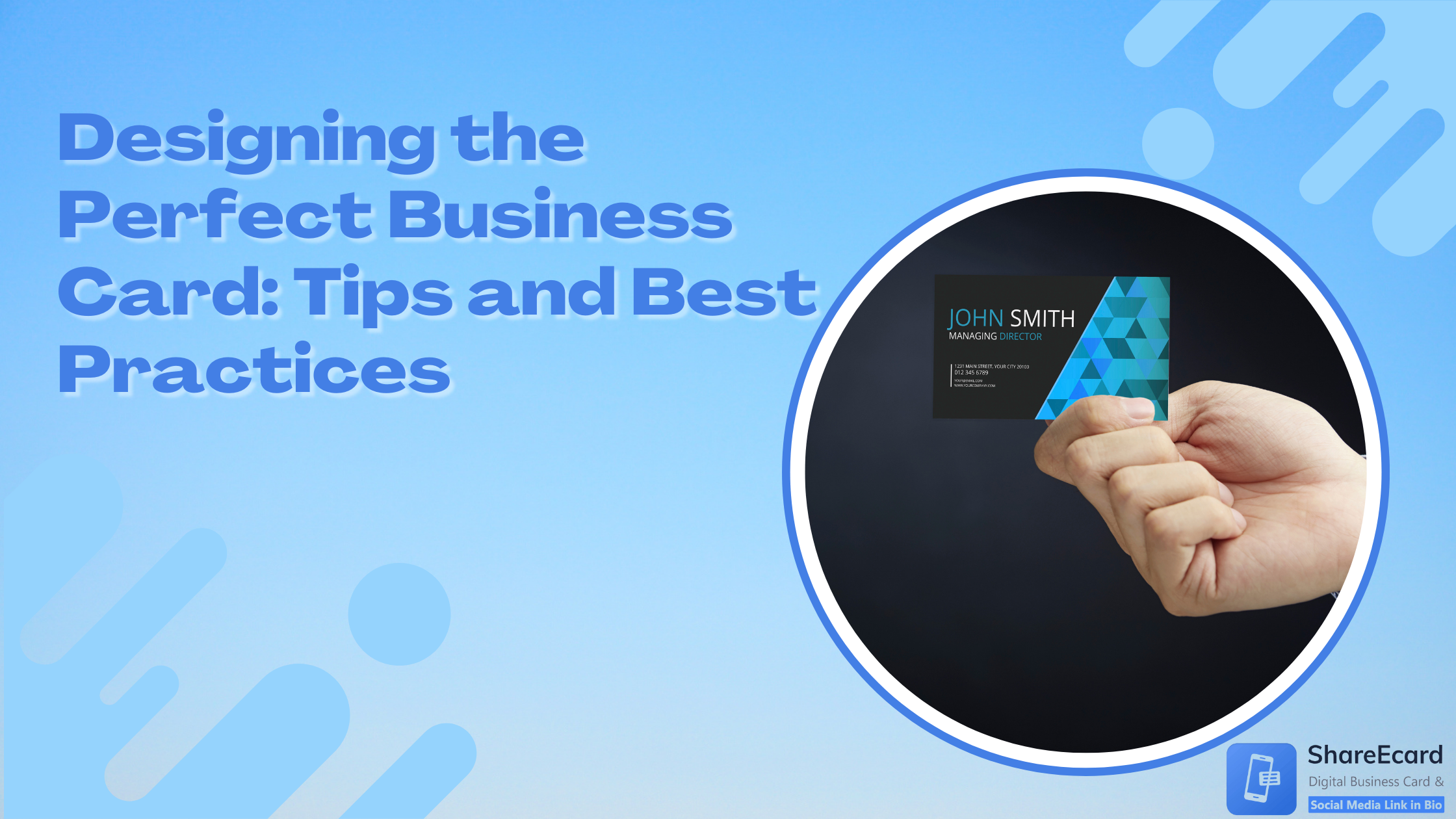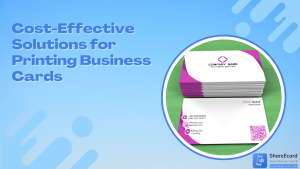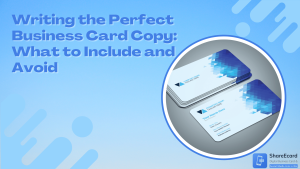Creating the perfect business card is an essential step in branding and networking for professionals and businesses. A well-designed business card can make a memorable first impression, establishing your brand’s identity and conveying your professional approach. In this comprehensive guide, we’ll explore key tips and best practices for designing a business card that not only stands out but also effectively represents your business ethos.
10 Tips and Best Practices to Make a Perfect Business Card
1. Prioritize Clarity and Simplicity
Your business card should be clear and easy to read. Avoid cluttering it with too much information or overly complex designs. Key details like your name, title, company name, contact information, and logo should be easily identifiable.
2. Reflect Your Brand Identity
Ensure your business card is a reflection of your brand. Use your company’s colors, fonts, and logo consistently. This consistency helps in reinforcing your brand identity in the minds of your recipients.
3. Choose the Right Material and Finish
The material of your business card contributes to the impression it makes. Thick cardstock, plastic, or even metal cards can set your card apart. Finishes like matte, glossy, or textured can also add a unique touch.
4. Utilize Both Sides of the Card
Utilizing both sides of your business card can provide more space to convey information. You can use one side for your contact details and the other for your logo, a call to action, or a creative design.
5. Be Creative but Professional
While creativity can help your card stand out, it’s important to balance creativity with professionalism. Innovative shapes, cut-outs, or embossed designs can make your card unique while still maintaining a professional look.
6. Ensure Legibility
Choose fonts and colors that are easy to read. Small or overly stylized fonts and low-contrast color schemes can make your card difficult to read, which could be off-putting to potential contacts.
7. Include Necessary Contact Information
Make sure to include all essential contact information: your name, title, company, phone number, email address, and website. Social media handles can also be included if relevant to your business.
8. Think About Sustainability
Consider environmentally friendly options for your business cards. Recycled materials, eco-friendly inks, and digital business cards are great ways to show your commitment to sustainability.
9. Quality Printing Is Key
A well-designed card can lose its impact with poor-quality printing. Invest in high-quality printing to ensure your card looks professional and leaves a lasting impression.
10. Keep Your Target Audience in Mind
Design your card with your target audience in mind. What works for a creative industry professional might not be suitable for a corporate lawyer. Tailor your design to appeal to the demographic you are targeting.
A thoughtfully designed business card can be a powerful tool in your professional arsenal. By following these tips and best practices, you can create a business card that not only captures attention but also effectively communicates your brand’s message and values. Remember, your business card is often the first impression you make – make it count!
In today’s digital age, an impressive business card continues to be an invaluable asset for professionals across all industries. It’s not just a piece of paper; it’s a representation of your professional identity. By investing time and thought into your business card design, you set the stage for successful networking and brand building.
If you are into digital and want to go towards eco-friendly solution then ShareEcard has a solution for you to create a free Digital Business Card.




